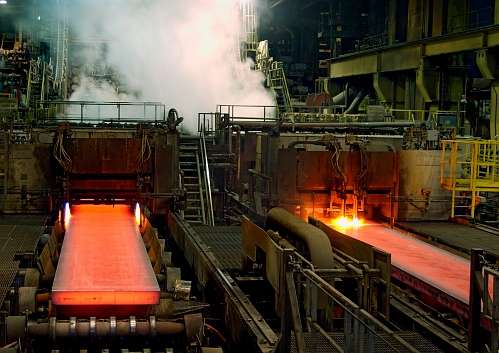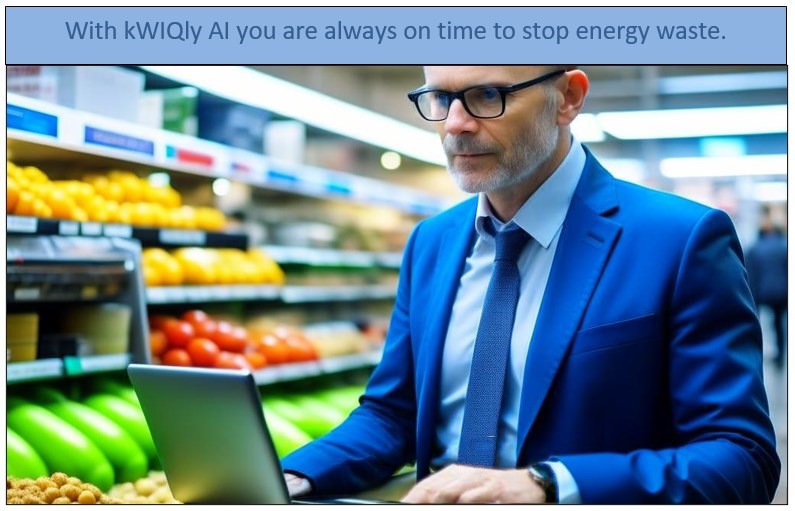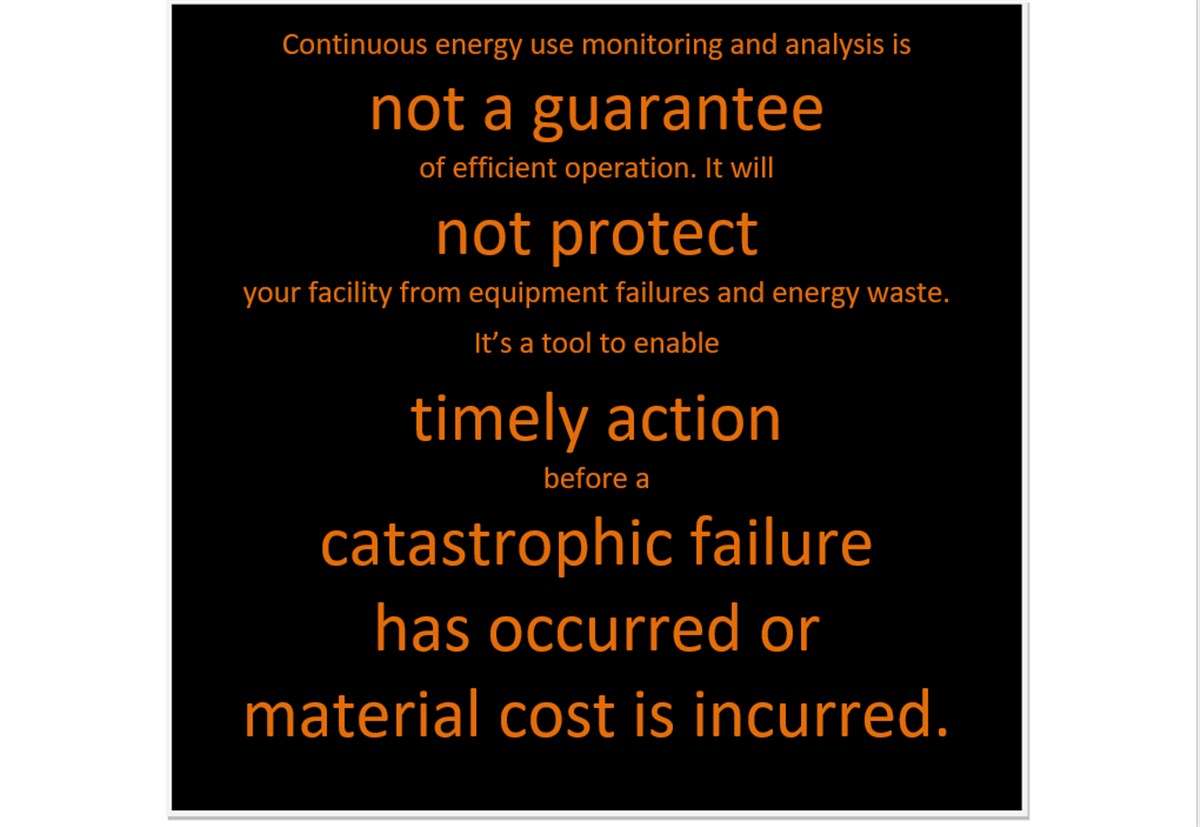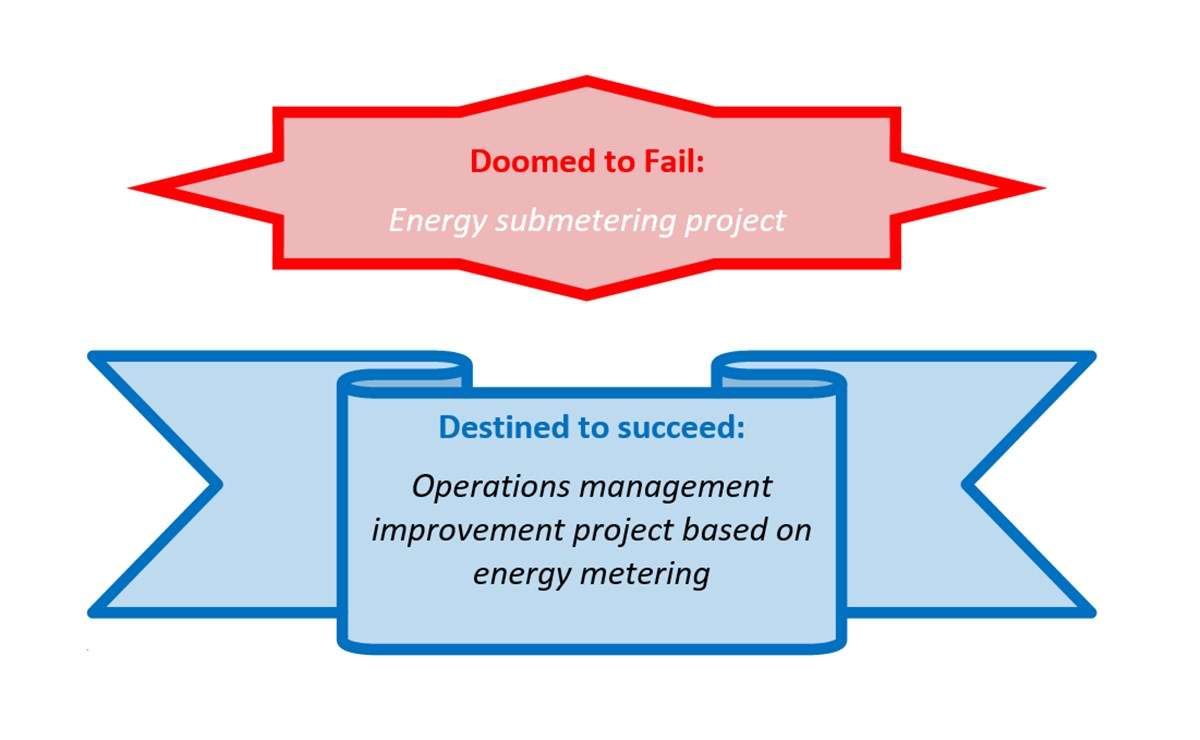This post continues the Learning from the Big series about the ways big industrial companies of Ontario deal with energy management. I spoke with Michael Cortese, Energy Manager of ArcelorMittal Dofasco, located in Hamilton.
Role of utilities in your business?
Utilities are the major cost; they comprise 20%–25% of the direct costs of production. The company uses electricity, natural gas, and coal as sources of energy. An internal 13 MW gas generator will meet about 10% of our electricity needs when it comes online at the end of 2015.
What energy efficiency projects have you implemented recently?
Dofasco has implemented a wide range of capital improvement projects aimed at decreasing peak demand and energy consumption. Financially, energy efficiency projects are evaluated in the same way as other capital investment projects, though only projects with a payback period of less than 2 years are considered.
How do you measure energy consumption?
Though the company has about 200 interval electrical meters and about 600 other energy-related meters along the production process, assessing overall energy consumption is not a simple task. The analysis of the collected data is complicated by the fact that gases resulting from burning coal may be burned again in a different part of the production process. To deal with this complexity, the company intends to implement a specialized IT system. The system is expected to show operators the real-time financial implications of their operational decisions. The company anticipates that this information will help improve energy efficiency and decrease the direct costs of production in general.
Recommendations to other companies
It is beneficial to plan energy efficiency improvements in coordination with other capital projects within a company. Capital projects are often intertwined, and thus, the results of investment in energy efficiency in one area may be affected by changes in another area. This makes building a business case for efficiency improvement rather difficult and can frustrate the results. At the same time, capital investment towards increasing the efficiency of equipment that is being installed anyway commonly has a very short payback and brings other benefits to business.
To find energy saving opportunities, Dofasco compares energy efficiency rations (benchmarking) between shifts at the same plant and with other companies. The company investigates opportunities to implement deeper energy consumption analysis techniques, such as regression analysis of energy consumption in relation to production. Although this approach promises to uncover significant saving opportunities, to provide meaningful data for their implementation, an energy-accounting IT system will be required.







Leave A Comment